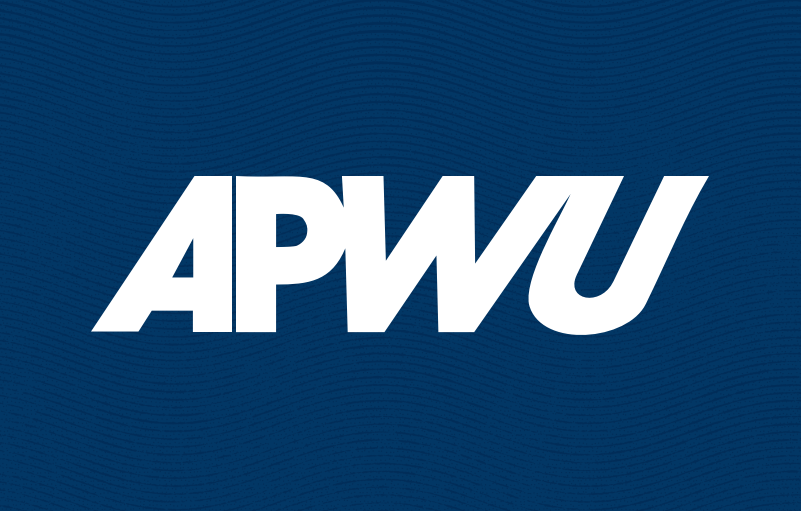September 2, 2025
Suicide Prevention Month: Taking Care of Your Body, Mind
(This article appeared in the September/October 2025 issue of The American Postal Worker magazine)
When we talk about workplace safety, we usually talk about preventing accidents and ensuring equipment and workplaces are up to standard using contract protections like PS Form 1767 Report of Hazard, Unsafe, Condition, or Practice. But safety is about more than just physical safety, it is about taking care of the whole self – body and mind.
September is Suicide Prevention Month, and an annual observance led by the National Alliance on Mental Illness (NAMI). It is a dedicated moment to acknowledge that mental health is just as important as physical safety. This year’s theme is “Start a Conversation. Be the Difference,” and they give tools to organize awareness efforts that can save lives. This year, suicide rates are the highest they have been since 1943. It is time we start to recognize the signs of someone struggling with suicidal thoughts and learn how we can help.
Mental Health is Workplace Safety
Stress, harassment, understaffing, long hours, and unsafe conditions can all take a toll on mental well-being. Left unaddressed, these pressures can lead to burnout, depression, and in some cases, suicidal thoughts. Recognizing this link is key: a truly safe workplace is one where workers feel supported, respected, and able to speak up without fear of stigma.
USPS Employee Assistance Program
Postal workers have an additional resource available to lean on. The Employee Assistance Program (EAP) offers confidential, no-cost services to employees and their families—counseling, life coaching, crisis response, and more. The EAP also provides suicide prevention resources, from handouts on warning signs to targeted awareness campaigns. If you or someone you work with is struggling, the EAP can be a reliable partner in ensuring someone receives the support they need.
QPR Institute
Safety training teaches us how to respond in emergencies— whether it is CPR for a heart attack or knowing evacuation routes in a fi re. QPR—Question, Persuade, Refer—training works the same way for mental health crises. In about an hour, QPR equips you to spot warning signs, start the conversation, and connect someone to help. Like CPR, these are skills you hope you will never need—but ones that could save a life.
The Action Alliance’s Workplace Suicide Prevention Blueprint shows how we can incorporate mental health into safety policies, leadership practices, peer support networks, and post-crisis response. When our union talks about safety, mental health should be part of that conversation too.
Remember, you can always dial or text 988 – the lifeline for those struggling with suicidal thoughts or feelings. The conversations are free and confidential. The 988 Lifeline provides you judgment-free care.
This September, we encourage you to take time to think a little more about how you can help be the difference in your community or work for someone struggling.


